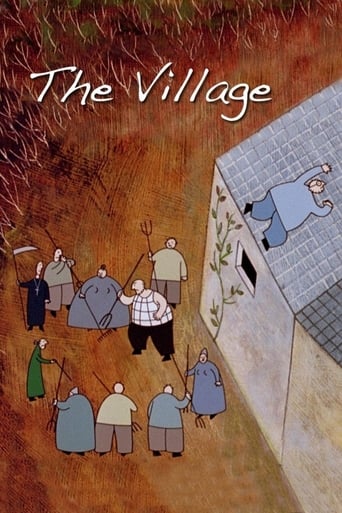
01 May 1993

The Village
A village is ruled by the church, but is filled with hypocritical sinners who constantly spy on each other. Preserved by the Academy Film Archive in 2008.
"A surreal meditation on a cigarette billboard using a very strange ballerina as an allegory for something or other Indescribably funny." - Seattle International Film Festival, 1978. Preserved by the Academy Film Archive in 2016.



01 May 1993

A village is ruled by the church, but is filled with hypocritical sinners who constantly spy on each other. Preserved by the Academy Film Archive in 2008.
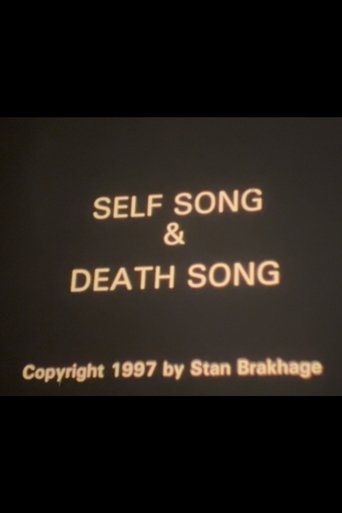
22 Oct 1997

SELF SONG documents a body besieged by cancer. The amber glow of flesh suggests both victory and submission to death. Blackness surrounds the image and takes it over altogether. Furthermore, the complex grooves and patterns of the flesh struggle to maintain their focus, suggesting the obscuring and dissolving effects of cancer. In DEATH SONG the film begins with blue hues which suggest the permanent aspect of death to contrast a sequence of overexposed yellow. Within these images are microscopic organisms constantly being 'washed out' by whiteness, which seeks to dissolve the image. In this respect, we might view the purity of whiteness as being 'soiled'. By the end of the film, the image has shifted to the blue screen suggesting a comfortable aspect of death. Yet, this vision is too idyllic in Brakhage's mind, and thus he allows the blueness to bleed from the side of the frame, opening the 'blinds' to the cancerous light. Preserved by the Academy Film Archive in 2016.
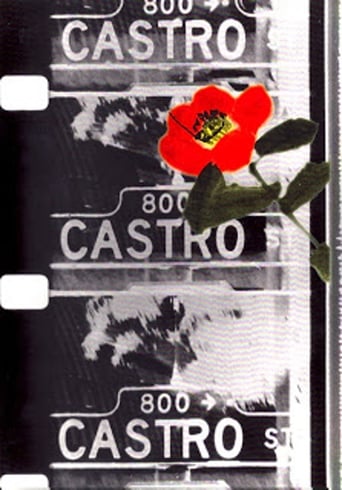
10 Aug 1966

Inspired by a lesson from Erik Satie, a film in the form of a street: Castro Street, running by the Standard Oil Refinery in Richmond, California. Preserved by the Academy Film Archive in partnership with Pacific Film Archive in 2000.

17 Mar 1977

Begins as a whimsical piece with 'sheets' of lines running down the screen, progressing into more and more complex geometic patterns but without deviating from the basic precepts of 'dot and line' animation. Jazz piano on a lazy Sunday afternoon, and a spring color palette. -- Stephanie Sapienza. Preserved by the Academy Film Archive in 2001.
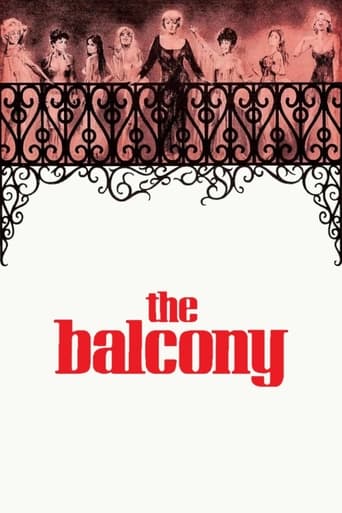
21 Mar 1963

The Madam of a brothel satisfies the erotic fantasies of her customers, while a revolution is sweeping the nation. Preserved by the Academy Film Archive in 2010.
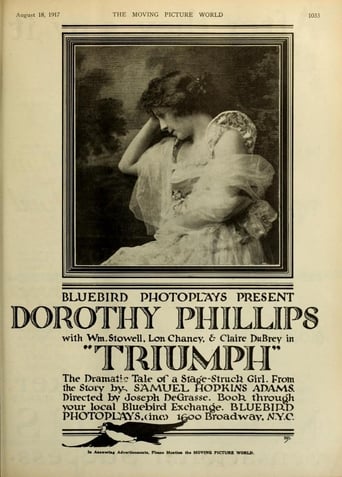
02 Sep 1917

This melodrama about an actress in love with a playwright and the stage manager blackmailing her for her affections offers a unique glimpse into Chaney’s career before his classic performances in The Hunchback of Notre Dame and The Phantom of the Opera. Preserved and restored by the Academy Film Archive in 2004.
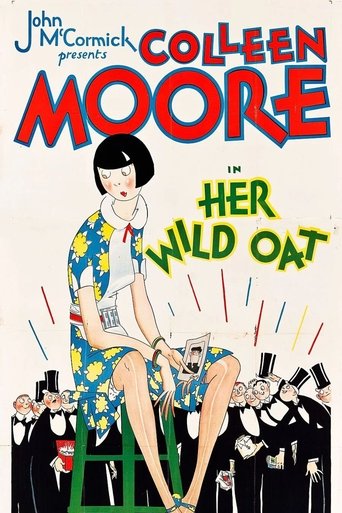
25 Dec 1927

In this feature comedy, silent film star Colleen Moore plays a woman who owns a small lunch wagon and falls for a duke’s son, played by Larry Kent, who is pretending to be his own chauffeur. With her savings, she pursues him to a resort hotel, only to be mistaken for a duchess. Preserved by the Academy Film Archive in partnership with Národní filmový archív in 2007.
08 Sep 1948
Produced in association with the Academy of Motion Pictures Arts and Sciences as part of a twelve part series called The Industry Film Project, meant to inform the public about specific facets of production and industry life. It shows that the "magic seat" of a movie theater can transport the movie-goer to all types of adventures, such as the Oklahoma land rush; being rescued by a sheik in the Sahara Desert; watching a huge ape climb the Empire State Building; or experiencing a hurricane in the south Pacific. No matter what type of thrill your looking for, you'll find it on the big screen. Preserved by the Academy Film Archive in partnership with Library of Congress Motion Picture, Broadcasting, and Recorded Sound Division in 2012.
31 Dec 1948
Produced in association with the Academy of Motion Pictures Arts and Sciences as part of a twelve part series called The Industry Film Project, meant to inform the public about specific facets of production and industry life. Movie theaters are located in most towns. They bring to the public not only one of the most affordable forms of mass entertainment but many other aspects of life through the films shown and through the theater's other uses. As a business, the theater is a vital part of the economic community, employing people, but also dependent on the public for its livelihood. The theater manager is the key person who ensures that every aspect of the theater runs smoothly. As the key business person for the establishment, he is also usually an integral part of business and community organizations in the town. He also ensures that the theater shows what the public wants to see, which can be a difficult task. Preserved by the Academy Film Archive in 2012.
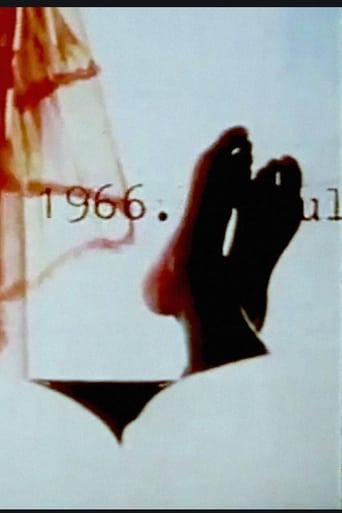
01 Jul 1992

“Chronicles of a Lying Spirit (by Kelly Gabron) is less a depiction of 'reality' than an exploration of the implications of the mediation of Black history by film, television, magazines, and newspapers. Using her alter ego, Kelly Gabron, Smith fabricates a personal history of her emergence as an artist from white-male-dominated American history (and American film history). Smith collages images and bits of text from a scrapbook by 'Kelly Gabron' that had been completed before the film was begun, and provides female narration by 'Kelly Gabron' that, slowly but surely, makes itself felt over the male narration about Kelly Gabron (Chris Brown is the male voice). The film's barrage of image, text and voice is repeated twice, and is followed by a coda. That most viewers see the second presentation of the imagery differently from the original presentation demonstrates one problem with trusting any media representation.” Preserved by the Academy Film Archive in 2016.

16 Apr 1986

“CINDERELLA is a musical treatment of the fairy tale. I have broken apart the story and set it as a mechanical game with a series of repetitions where CINDERELLA is projected back and forth like a ping-pong ball between the hearth and the castle. She never succeeds in satisfying the requirements of the ‘Cinderella Game’. The film was shot MOS, the dialogue is lip-synched, and along with the out-front score and effects track magnifies the film’s sense of alienation.” — E.B. 1984 - Preserved by the Academy Film Archive in 2017.
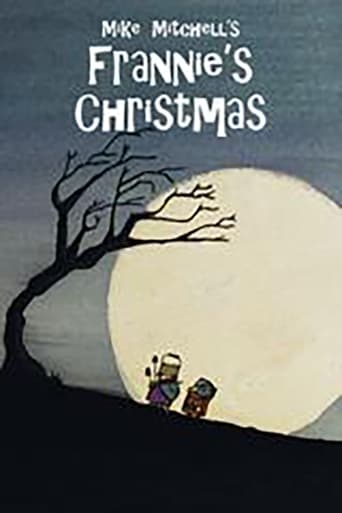
26 Mar 1993

As Christmas approaches, Frannie Stein learns from her snide friend Gloria Oestriger that there is no Santa Claus. Frannie's disbelieving, but her father confirms the horrible truth. Frannie enlists the help of her younger brother, Kenny, and they go to a graveyard to dig up some parts, which they assemble in the Stein basement. Soon, they've finished their creation and are ready for revenge on Gloria. Who says there's no Santa? Preserved by the Academy Film Archive in 2012.
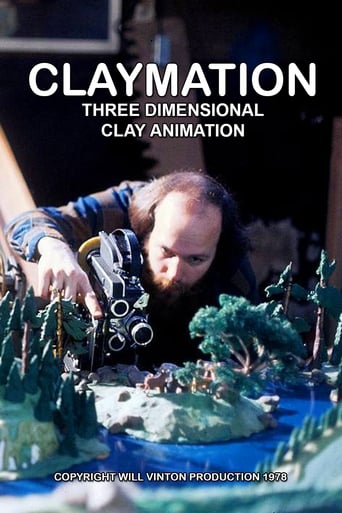
15 May 1978

A look inside the Will Vinton Studio, with specializes in stop-motion animations with clay. Preserved by the Academy Film Archive in 2013.
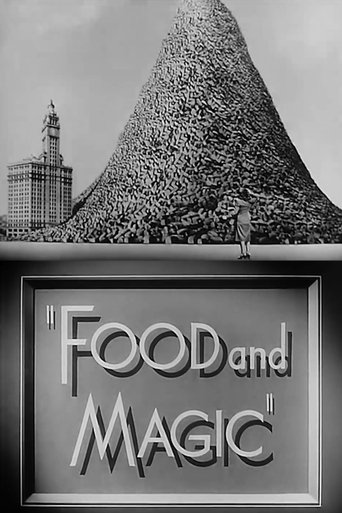
18 Nov 1943

A sideshow barker uses magic and visual aids to alert the public that proper food management is both a resource and a weapon that could be to America's advantage if conserved properly in winning the then current World War. Preserved by the Academy Film Archive, Academy War Film Collection, in 2008.

05 May 1961

The story revolves around a woman, who stays in a large mansion with her husband. She develops an obsession for her ornaments and refrains giving them to her husband as they face financial crisis. Preserved by the Academy Film Archive in partnership with Arsenal - Institut für Film und Videokunst e.V. in 2007.

02 Apr 1942

Documentary short detailing the American soldier's part in preserving the fundamental ideals of this nation. Preserved by the Academy Film Archive in 2012.
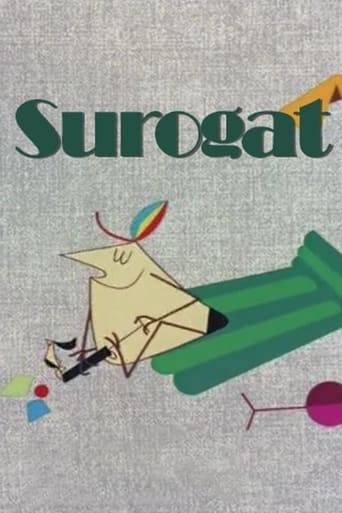
31 Dec 1961

With magic inflatable objects that spring to life to fill his every need, a flippant beachgoer wants for nothing. Well... almost nothing.
01 Feb 1945
Documentary short film reporting on the activities of the American Red Cross and the useage made of contributed funds for the previous year. Preserved by the Academy Film Archive in 2012.

01 Jan 1987

NO NO NOOKY TV posits sexuality to be a social construct in a "sex-text" of satiric graphic representation of "dirty pictures." Made on an Amiga Computer and shot in 16mm film, NO NO NOOKY TV confronts the feminist controversy around sexuality with electronic language, pixels and interface. Even the monitor is eroticized in this film/video hybrid that points fun at romance, sexuality, and love in our post-industrial age. Preserved by the Academy Film Archive in 2017.
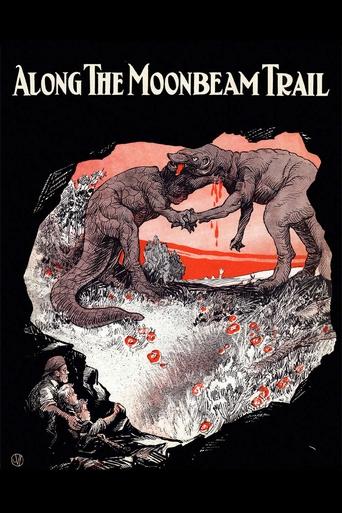
01 Jan 1920

A magic aeroplane takes two children to the Moon, where they encounter prehistoric monsters and witness a battle between them. As far as is known this was the first film to combine realistic stop-motion dinosaurs and live-action actors in the same shot. Preserved by the Academy Film Archive in 2008.